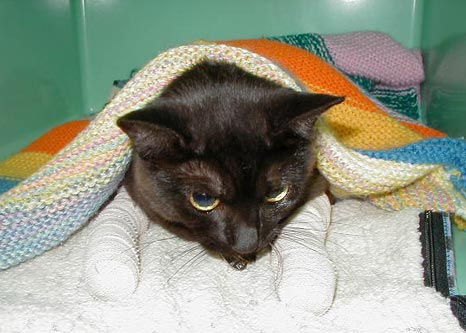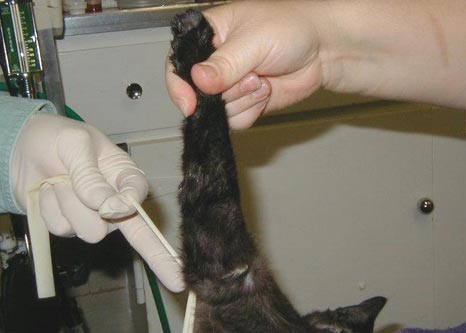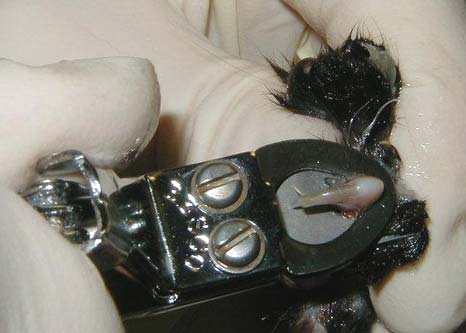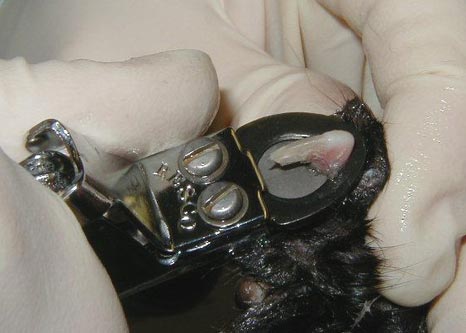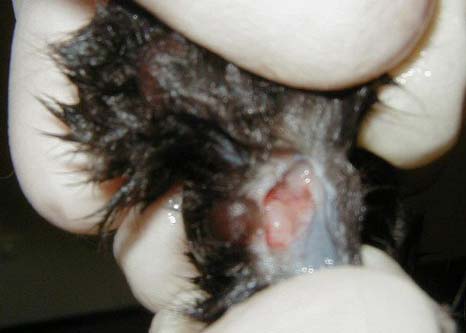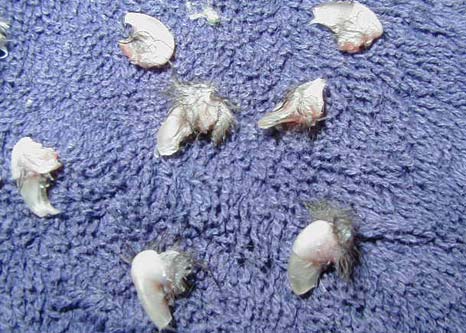Declawing, also known as Onchyectomy, is commonly performed on housecats to prevent them from damaging furniture or scratching people. Very often cat owners don’t even realize what actually happens to their pets when they are being declawed.
Onchyectomy is a serious surgery which includes the process of removing the claw and the little piece of bone that the claw grows from. So, basically, it’s like cutting the tip of your finger off. Like any surgery, declawing can lead to medical complications and problems.
Infection is a high possibility, because You can’t sterilize the area this surgery is performed on. And if it’s not done properly, the claw can grow back in a wrong way.
The recovery period is painful. But a cat still has to use its feet to walk, jump, and scratch in its litter box. Just imagine the pain a poor animal has to go through…
Letting your cat outside after it has been declawed would be cruel because it can’t defend itself properly.
Lots of people talking about changes in their cat’s personality or problems with the litter box after declawing, but scientifically it hasn’t been proven.
Scratching is a natural behavior for cats, their way to mark territory, exercise muscles, relieve stress and remove worn sheaths from their nails.
So, there is nothing you can do to stop a cat from scratching. What You can do is to prevent damaging that comes along with it.
There are several solutions, other than declawing, that won’t hurt you beloved pet.
You can cover cat’s favorite “scratching places” with double-sided sticky tape or foil, or a good scratching post, stable and tall enough for your Kitty to fully stretch her body, can literally save your furniture.
Trimming your cat's nails is a great alternative, but most of cat owners are either afraid or don’t know how to do it properly.
Vinyl nail caps for cats is another very desirable option. The caps are put on with a special glue and the cats usually get used to them within a day or two. But the glue has to be applied the right way (Don’t glue the paws together!). They last about a month.
Of course, there are couple of reasons when declawing is necessary.
Medically, sometimes you have to remove a claw if it is damaged beyond repair or has a tumor.
Also, there are people whose immune systems are suppressed and who can’t be exposed to the bacteria on a cat’s claws.
In most European countries those are the only reasons for cats to be declawed. Other than that, declawing is either illegal or considered extremely inhumane.
ClicEseda Cattery is against Onchyectomy and doesn’t allow its kittens to be declawed.
Health and happiness of cattery’s pets is our priority.


